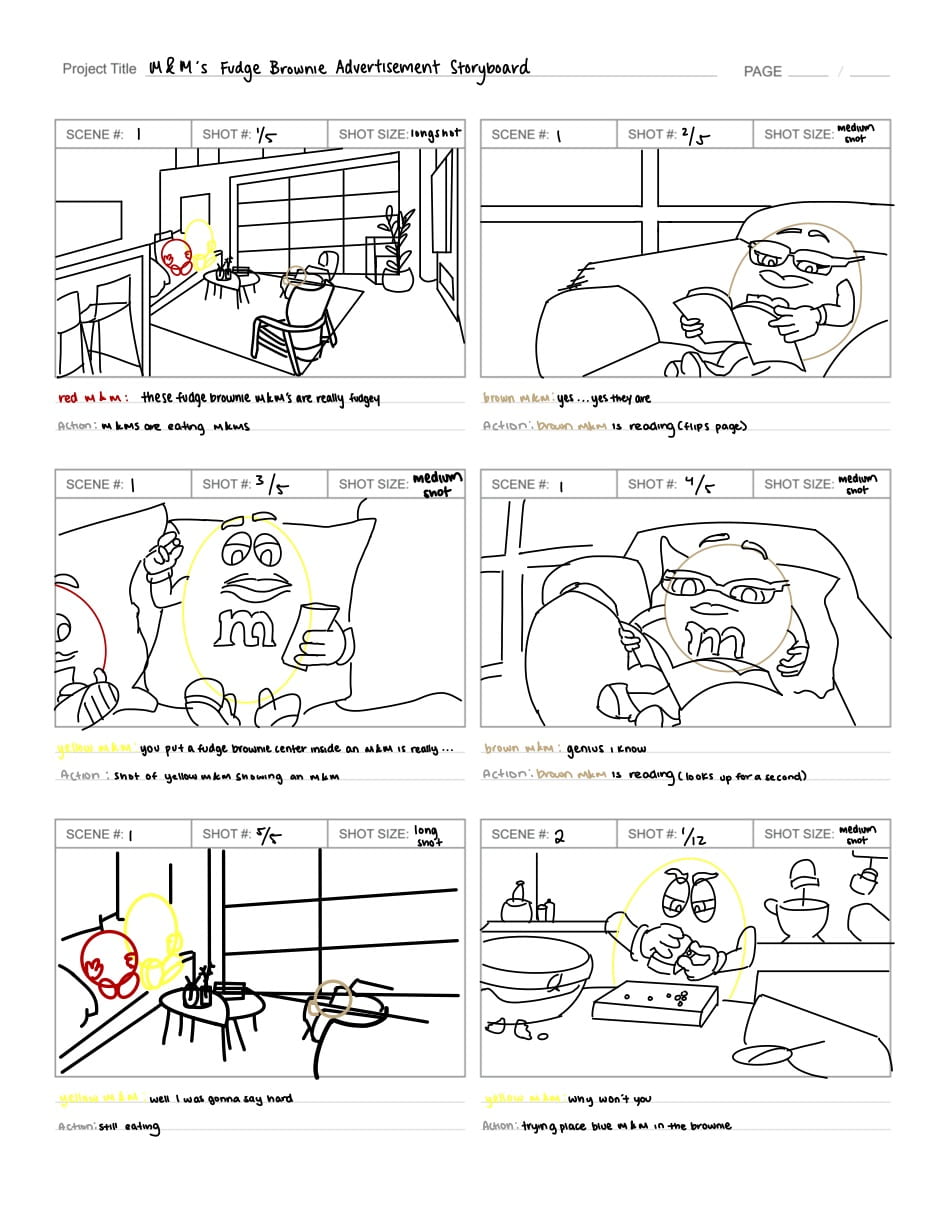
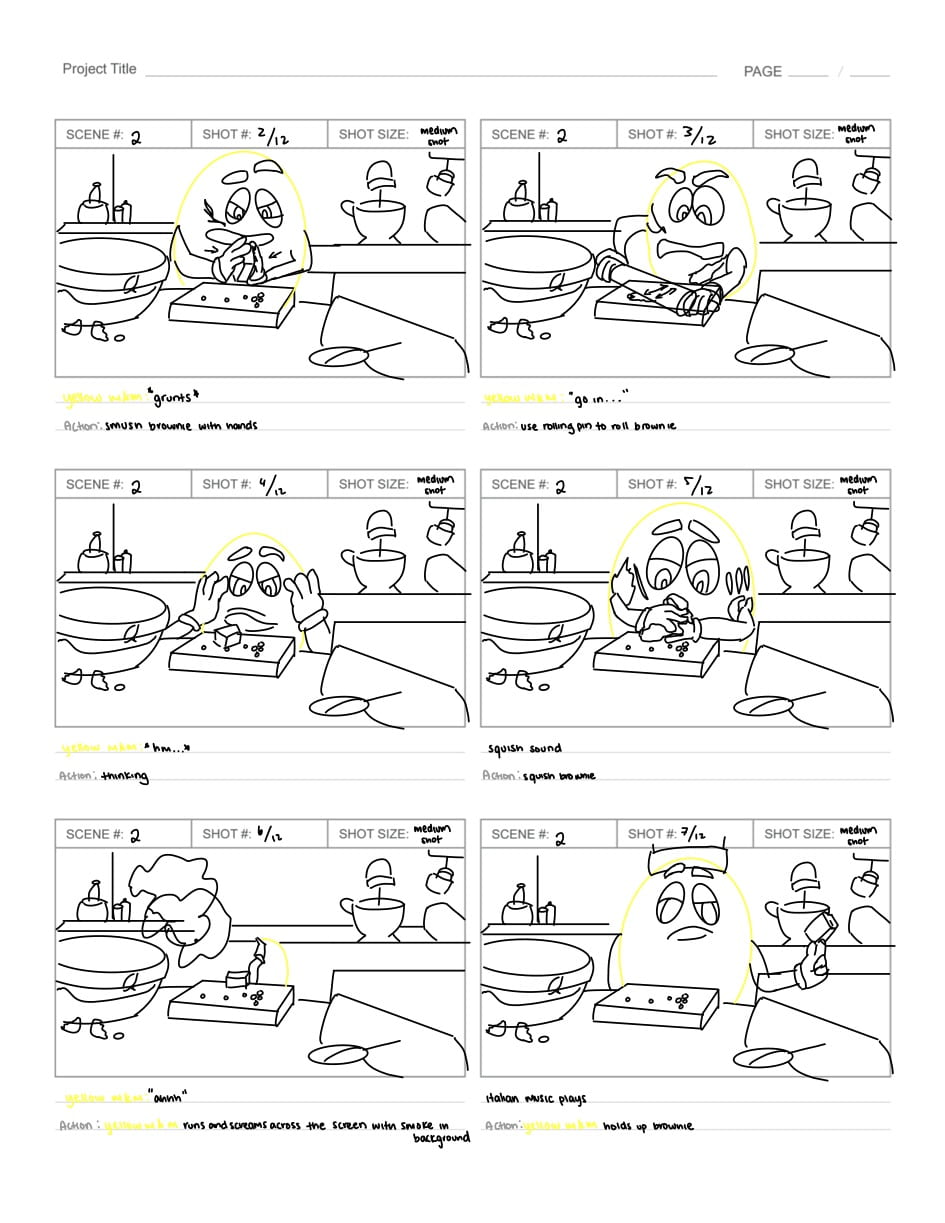
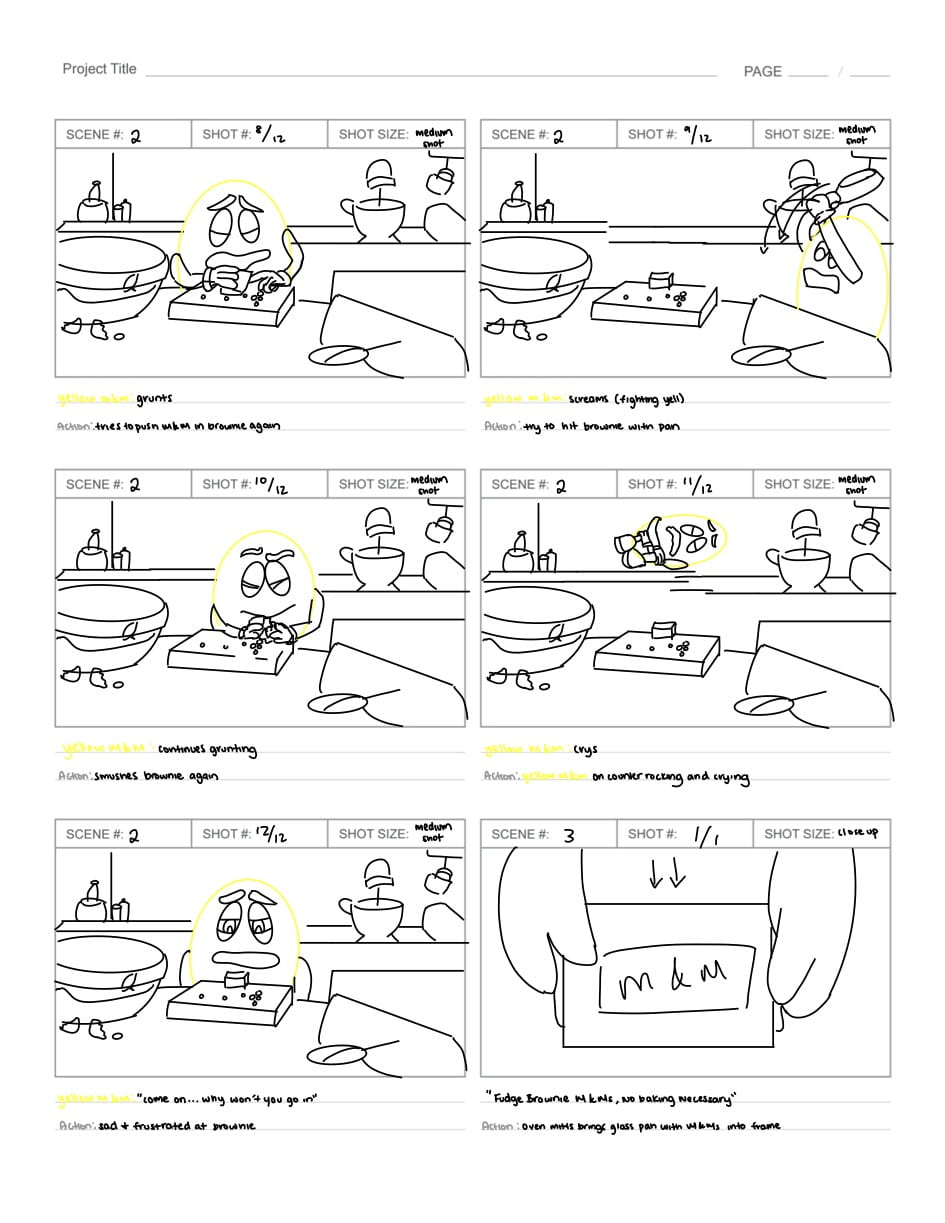
https://www.youtube.com/watch?v=2LQd8bidr0c



https://www.youtube.com/watch?v=2LQd8bidr0c

Concept:
The memory I chose for this project was the moment you wake up and realize you’re late for school. Your alarm keeps ringing as you have to quickly get ready for school but you also have to make your breakfast and finish your homework before you exit the room. The emotion I wanted to express in my soundscape was the feeling of anxiousness and panic one gets when they are running late.
Process:
The sounds I used were alarm, water, napkin dispenser, chopping, microwave, printer, highlighting a piece of text, typing on a keyboard, paper printing, slippers, door closing, door lock, zipper closing and a bag of chips opening. I mainly put these sounds in sequential order with overlapping so that first it would be the water and napkins sound with the sound of an alarm panning in the background and then it would be a bag of chips opening with chopping and the microwave sound in the background. Then the sound of highlighting, typing and printing to show someone doing their work quickly. Lastly, I added a zipper, door close and lock sound with slippers to show that the person is leaving. I had some difficulty using the Tascam recorder when recording my sounds because the recorder I had kept glitching out and turning off when trying to switch to shotgun mode so I mainly recorded with the internal recorder. To solve this problem, I had to keep playing with the recorder to switch it to shotgun mode and was able to use it after a while. Some effects I added were echo, reverb, and parameter equalizer to certain parts of the sound. I added echo to the alarm sound to make the sound more significant and reverb to the printer sound to give the sound more dimension and that it was in a different room. I found the effects difficult to use and I was confused on how to show the emotion I wanted through the effects but I felt that the effects I used were able to enhance my sound in that there was a smoother transition in the final cut.
Conclusion:
What I could improve on is focusing more on the feeling invoked by the sound rather than the narrative. I felt that the sounds were clear and the story behind it as well but it wasn’t very exciting or thought provoking to the audience. I could’ve used a different set of frequencies and sounds to make the emotions more clear in the soundscape. On presentation day, I receive a lot of useful feedback that I agree with and that is to focus more on the feeling and making the sound more versatile, not just sequential events. If I had more time I would’ve focused more on specific sounds and use more effects to emphasize the feeling behind it to show a more anxious sense of panic for the audience to feel and think about.
The First Obstruction
The Second Obstruction
The Third Obstruction
The Fourth Obstruction
Jorgen deals with the obstructions and completes them to the best of his ability but also leaves room for interpretation and originality. He makes the piece his own by interpreting the obstruction in his own way. The effect he applies on the movies is similar to the original film starring Claus Nissen where he adds his narration of the “perfect human” and cuts of different scenes to represent the concept he was given.
By “unbroken belief” in the truth of documentary images, Steyerl means that the authenticity of documentary cannot be questioned because it is open to interpretation by the public. The projection of the image shows how reliable the information is. What emotion and expression the image gives off to the viewer shows how authentic it is. The significance of the authenticity and representation of the truth in the media that we consume on a daily basis is that it can be manipulated in many different ways. For example, in social media nowadays people can post false information based on their personal beliefs that could be misleading for viewers. They can also manipulate images to shape what they want to put out there and misguide the viewers. However, in a live broadcast, information can be more reliable since it is live and no manipulation can be edited in to mislead the audience. There are a multitude of tools that can be used to alter what is put out there in the word which leaves the authenticity and representation open to the audience to judge since only the creator knows the truth.
The memory I am choosing for my memory soundscape project is the moment when you are running late but realize you still have stuff to do before you leave your dorm. There are often times I wake up late and only have like 10 minutes until I have to catch the shuttle. In the span of 10 minutes, I have to quickly get up and get ready, make lunch, finish homework and then catch the shuttle. The feeling of being rushed and the stress/anxiety of catching the shuttle is what I aim to represent in my project.
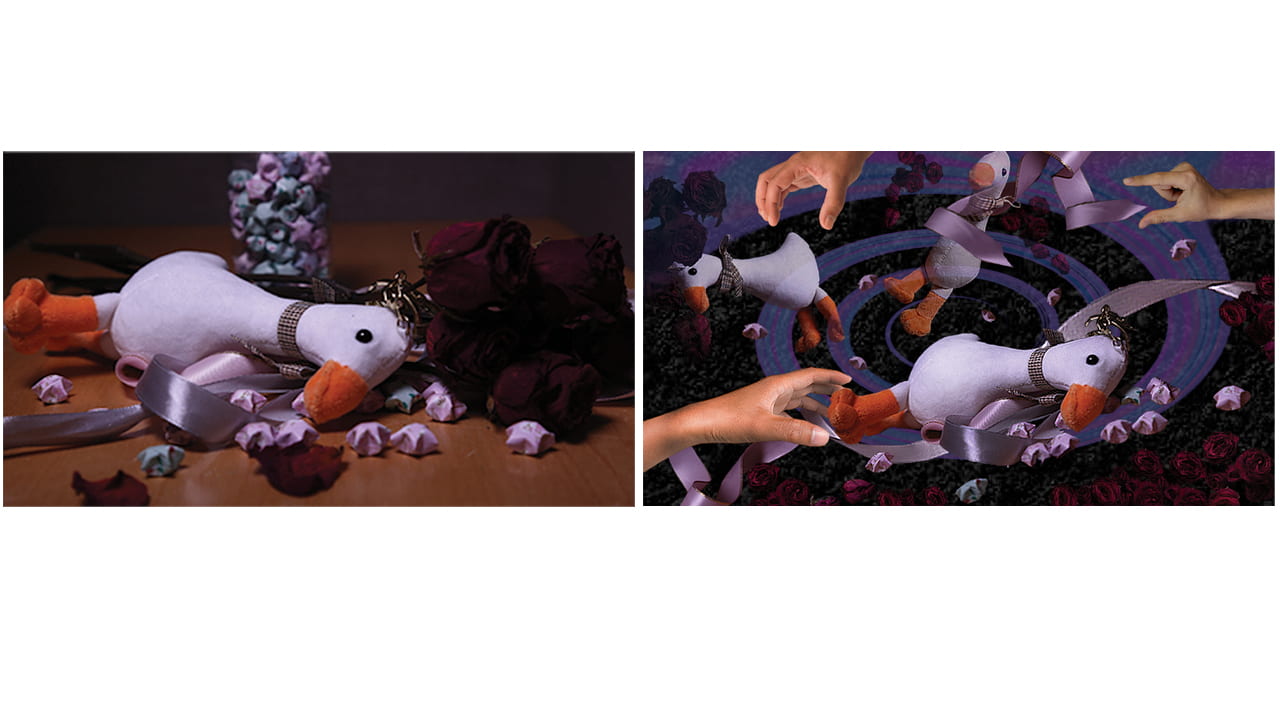
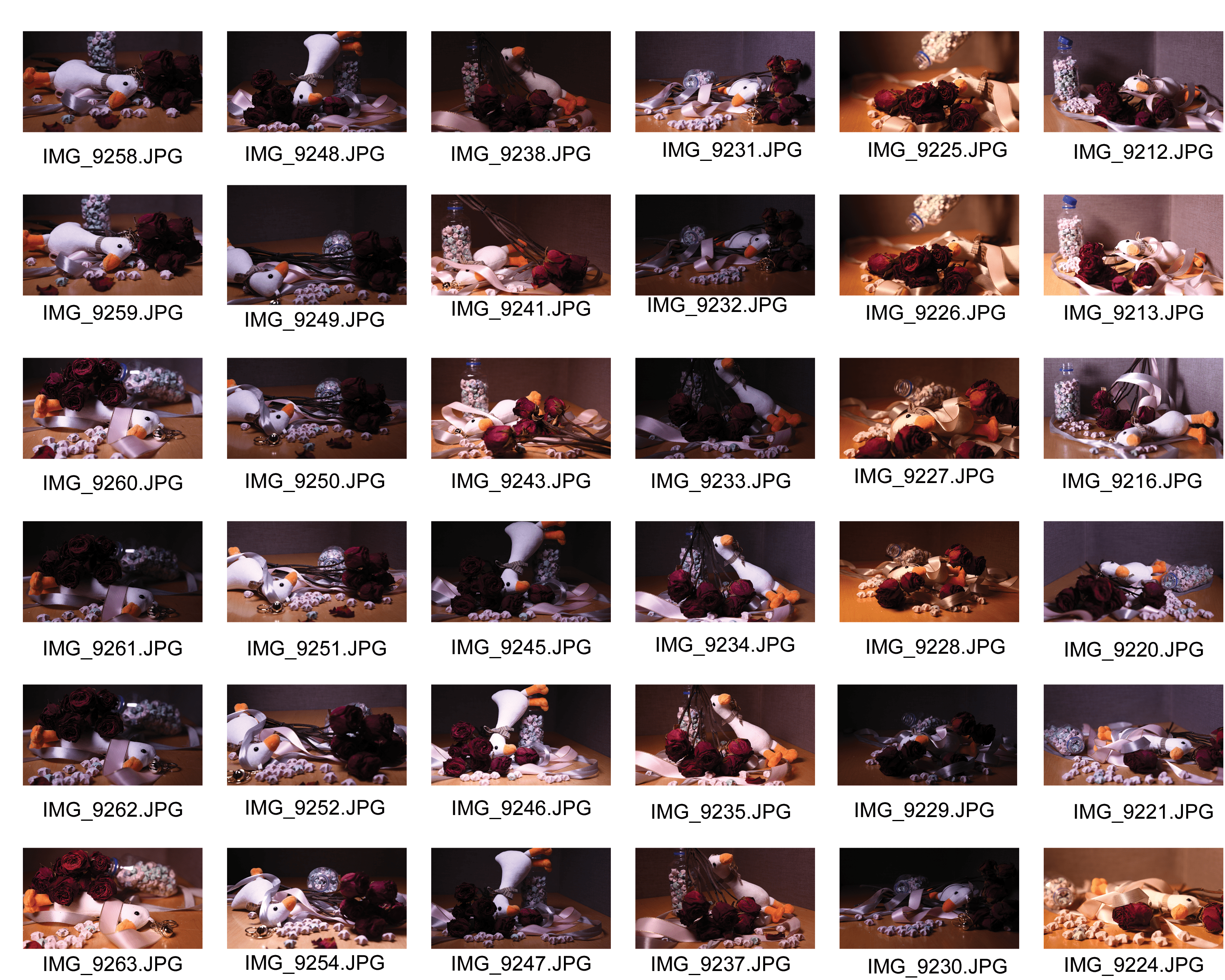
Stephanie Yip, The Harshness of Reality
The concept I was going for with this piece is the feeling behind the thought of slowly losing your childhood memories and dreams to the harsh reality that time is always moving. The thoughts you have as a child are temporary as reality always kicks in and is inescapable. That is why I chose the objects: duck, origami stars, ribbon and dead roses to symbolize a sad, almost playful concept.
The process I had for this piece was at first just playing around with the composition and seeing how the objects work best with each other and what connection the objects have with each other can convey. I mainly liked the photos I took with a darker use of the white light and a higher ISO and aperture because it had better focus on the duck and less on the background as well as showed a sadder mood for the concept I was going for. When it came to the photoshop aspect of the project, I had difficulty using the techniques but after some time playing around with what I can do, I decided to use the lasso tool to add other elements to the photo. I added a bunch of arms/hands to represent that reality is inescapable and inevitable. I also added a blue/purple swirl in the background to symbolize the subject coming out of a dreamlike state and into reality. I would say that to me, the photoshopped image produced was able to convey the meaning I wanted it to convey.
I think what I could do to improve my piece would be to firstly, figure out when adding my pictures onto photoshop, how to make it so that it has as clear a resolution as it was originally photographed. Another thing I could do is add more color to the photoshopped version to convey more of a dreamlike state and make it more clear what my concept was to the audience.